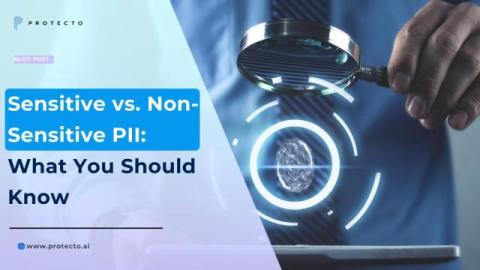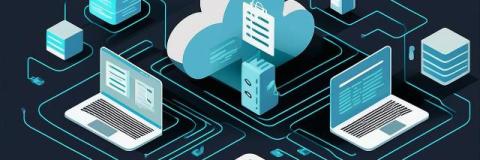Daggerfly Enhances Malware Toolkit to Target All Major Operating Systems
The Chinese espionage group Daggerfly, also known as Evasive Panda or Bronze Highland, has significantly upgraded its malware arsenal, allowing it to target a wide range of operating systems including Windows, Linux, macOS, and Android. This development marks a notable escalation in the group's cyber capabilities, as detailed in a recent analysis by Symantec.











